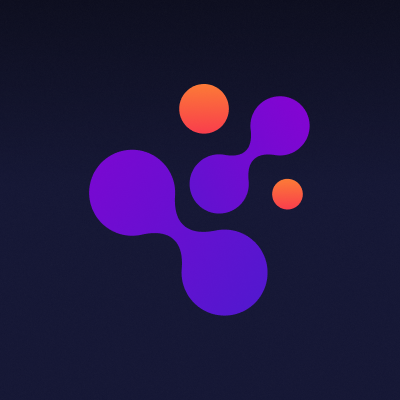206 reads
Polygon: Find Peace in Your Digital Kingdom
by
September 30th, 2021

The Cortex App makes it easy for anyone to move from Web2 to Web3. Browser, wiki and wallet combined. #web3foreveryone
About Author
The Cortex App makes it easy for anyone to move from Web2 to Web3. Browser, wiki and wallet combined. #web3foreveryone